Wind engineering requires engineers to consider how a building responds to its environment as well as the effect that the structure will have on the space around it. Learn more about the use of CFD in wind engineering...
Archives
Smart gas appliance manufacturers use rising gas costs to their competitive advantage
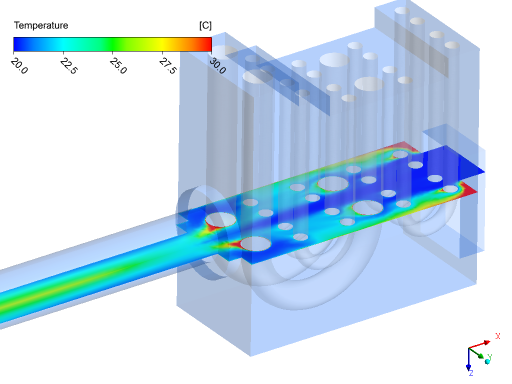
With gas prices predicted to skyrocket in the next few years, an opportunity exists for engineers and designers of gas-fired appliances at smart manufacturers to use CFD to gain an edge in the competitive Australian market.
Solving Complex Combustion Challenges with CFD
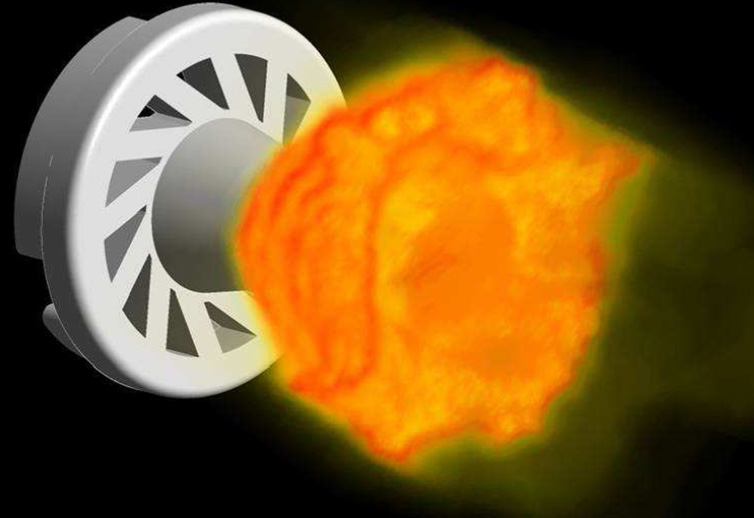
Combustion technology underpins almost every facet of our modern life, from electricity generation to industrial heaters/furnaces through to automotive engines. Increasing social and economic pressure to minimise energy use and reduce pollution is driving the use of CFD to improve the efficiency of combustion processes.
Using CFD to enhance your mixing process and drive down costs
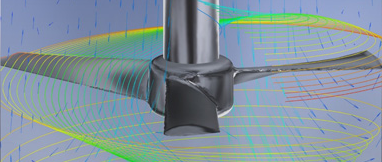
Mixing processes are critical to a wide range of industrial applications across the the paint, food, pharmaceutical, minerals and water treatment industries. CFD is becoming fundamental to the successful operation of mixing processes including clarification, cell culture growth, fermentation, polymerization and blending.
Guest Blog: The untold CFD story of James Cameron’s Deepsea Challenger

Phil Durbin from Finite Elements explains the untold CFD story of the design and testing of James Cameron's DeepSea Challenger, a solo manned submarine that ventured 11km down to the deepest place on earth, the Marianas Trench, in March 2012.
Monash Motorsport take out "Best Use of Virtual Methods to Achieve Vehicle Targets" award at Silverstone

We are pleased to announce that long term partners of LEAP Australia, Monash Motorsport, have achieved a very respectable fifth place overall in the 2014 Formula Student Competition at Silverstone in the UK. Among the awards presented at the competition was one for the best use of virtual methods to achieve vehicle targets which was won by Monash Motorsport. With their advanced use of ANSYS CFD Tools for external and internal aerodynamics, as well as ANSYS Mechanical to evaluate part strength and performance before manufacture, Monash Motorsport has always placed a high emphasis on the use of computational tools as a means to achieve top results. Receiving the award was a testament to the hard work that the team members had dedicated to the project, and...
Tips & Tricks: Calculating the Mean Age of Air for HVAC simulations in ANSYS CFD
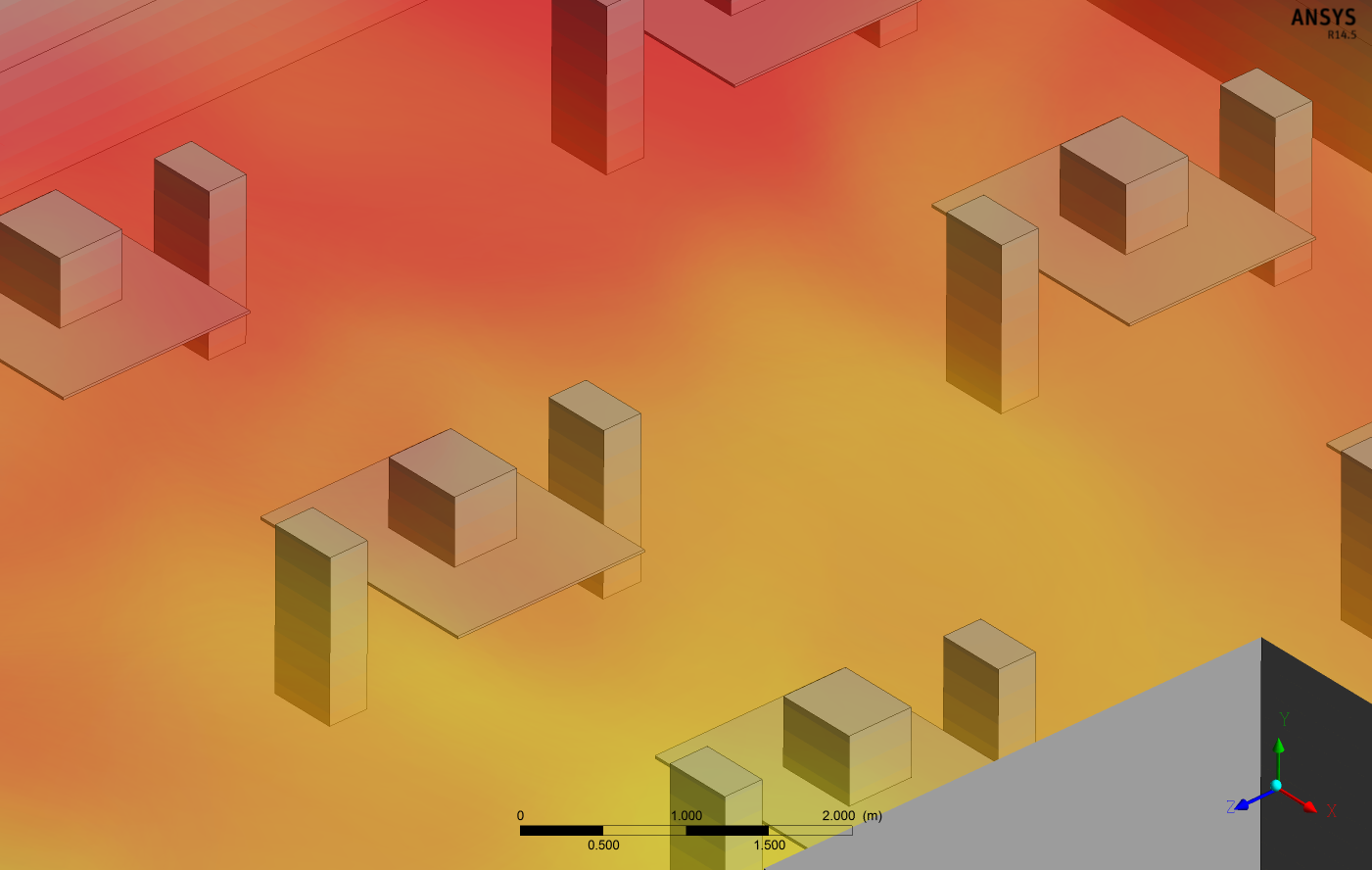
Engineers who are tasked with designing heating, ventilation and air-conditioning (HVAC) systems for buildings will need to assess the indoor air quality to ensure optimum health and comfort for occupants and meet minimum regulatory requirements. Generally a HVAC CFD analysis will take into account variables such as air temperature, relative humidity, air species concentrations and velocity. Additionally, CFD engineers can use ANSYS CFD to solve for the local "mean age of air" (MAA) to assess the air quality within an indoor environment. By examining MAA across the habitable space within a building, engineers can quantify the air change effectiveness (ACE) of their ventilation system and confirm that their design meets NABERS/GreenStar regulations. How can I plot the Mean Age of Air in ANSYS CFD-Post? Usually designers are interested...
New & Improved: The 2014 FIA Formula One Series

This weekend, televisions around the world will tune into to watch the first race of the 2014 FIA Formula One Championship take place in Melbourne, Australia. Of particular interest to all F1 fans will be the new looking cars with their revolutionary new power units. Formula One has undergone another drastic change in the rules, prompting engine manufacturers to clean-sheet design an integrated turbocharged electric-combustion powertrain system. Of course in addition to the new engine specifications, the governing body also revised the rules controlling the size and shape of the allowable external aerodynamics package. As a result of these rule changes, each team's aerodynamics departments have been forced to perform a complete overhaul of the aerodynamics of their car. In this video, Australian driver...
Guest Post: Optimising FSAE Aerodynamics at Monash Motorsport
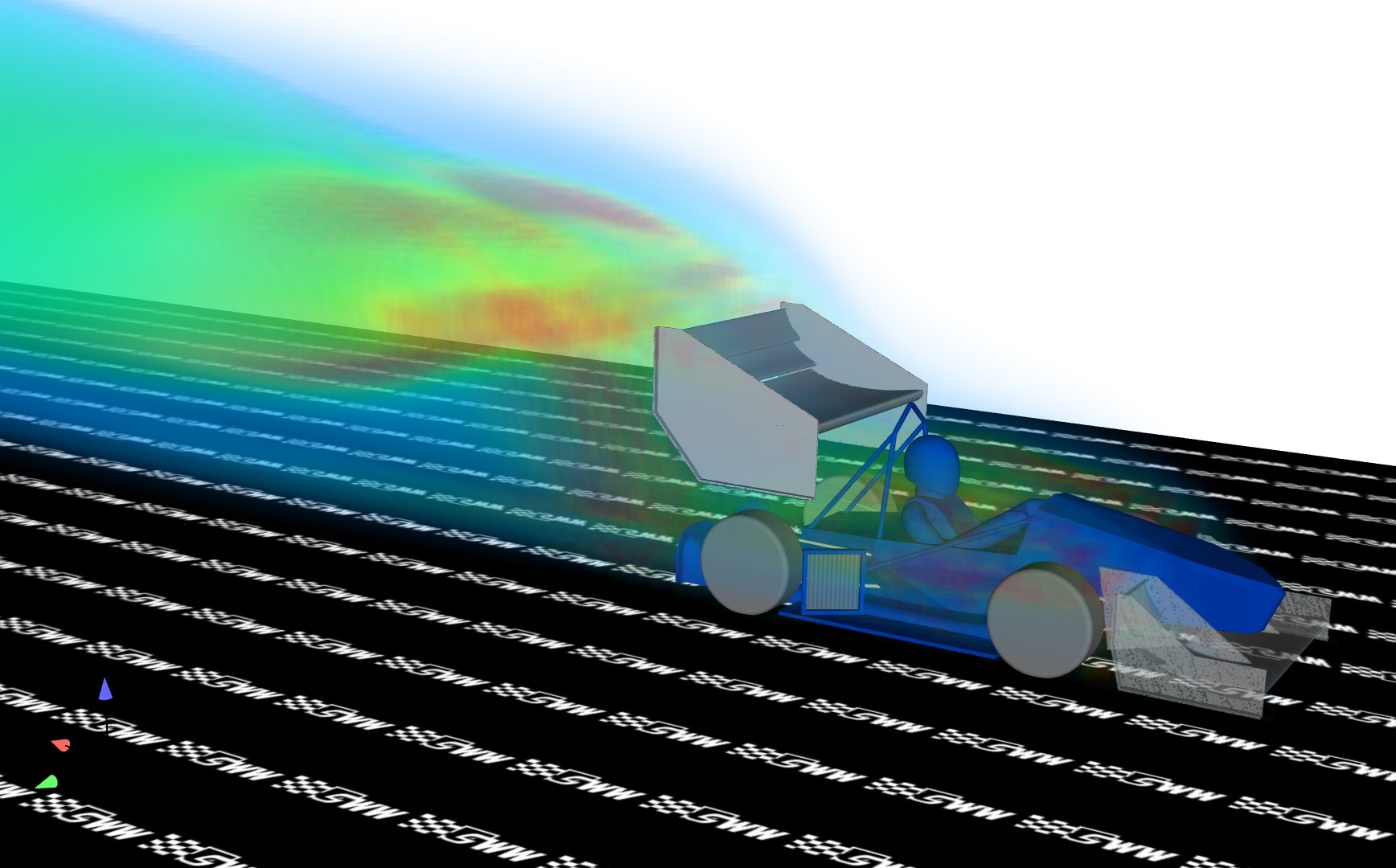
LEAP Australia would like to congratulate the team from Monash University for winning the 2013 Australian Formula SAE Competition. As proud supporters of the Formula SAE Competition, LEAP Australia works closely with many university FSAE teams across Australia and New Zealand, offering assistance through training and mentoring of student team-members who are applying CAE techniques to maximize the performance of their car designs. In this guest post, Monash Motorsport members Scott Wordley, Damien McArthur, Marc Russouw, Luke Phersson and Matt Corallo have kindly provided an insight into their use of ANSYS CFD software to optimise the aerodynamics of the Monash Motorsport M13 car. Formula SAE is a worldwide engineering competition in which teams of student engineers are challenged to design, manufacture and test a...
Can CFD help to solve Australia’s greatest aviation mystery?
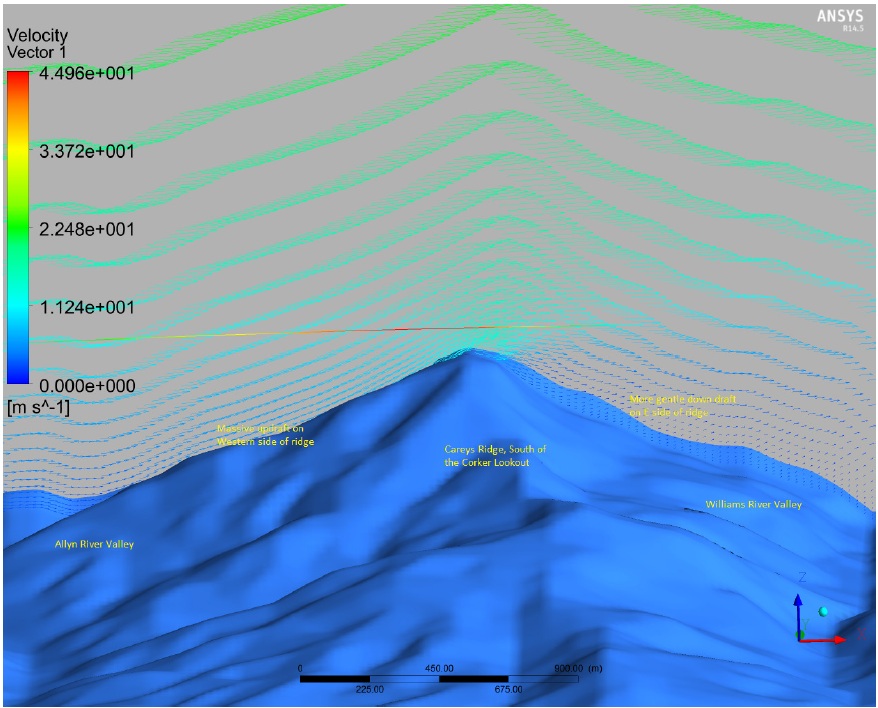
On a stormy night in August 1981, a Cessna Centurion 210 aircraft crashed with 5 people on board in Barrington Tops, a rugged and isolated national park north of Newcastle, New South Wales. Despite a massive initial search effort and ongoing attempts by a group of dedicated volunteers, the challenging and complex terrain has conspired to prevent the wreckage from ever being found. To put this into some perspective: according to Corporal Mark Nolan (Pilot, Australian Army), this is the only aircraft to have crashed on mainland Australia and never be recovered. We can only imagine how frustrating and heartbreaking this must be for the victim’s families to be denied this closure. One of the biggest factors that has inhibited previous search attempts is the...

